Disclosure: This article contains affiliate links. We may earn a commission from purchases at no extra cost to you, which helps our travel content.
The taxi driver's weathered face creased with confusion when I mentioned my destination at Brisbane International Airport. 'Nauru? You're sure that's where you're headed?' It wasn't the first doubtful reaction I'd received about visiting the world's smallest island republic—a remote, 21-square-kilometer speck in the vast Pacific Ocean. But as someone who's spent years documenting overlooked journeys, I've learned that the most questioned destinations often yield the most profound experiences. My father would have appreciated this peculiar pilgrimage—not for trains this time, but for something equally mesmerizing: a landscape so alien and untrodden it defies conventional tourism.
The Phosphate Legacy: Nauru's Lunar Landscape
Arriving in Yaren, Nauru's administrative center (though calling it a 'city' would be generous), I'm immediately struck by the juxtaposition of tropical Pacific island edges and the stark, otherworldly interior. The phosphate mining that once made this tiny nation briefly wealthy has left behind a moonscape of limestone pinnacles that rise like petrified sentinels from the earth.
My guide, Kemp—a third-generation Nauruan whose grandfather worked the mines during the Australian administration—leads me through the 'topside' interior. We navigate carefully between jagged formations that reach heights of 15 meters, their surfaces bleached white under the equatorial sun. The silence here is profound, broken only by the distant rhythm of waves against the coastal reef.
'Most visitors never see this,' Kemp tells me, gesturing across the plateau. 'They come for government business or pass through to elsewhere.'
The pinnacles demand proper footwear. My hiking boots prove essential as we clamber over sharp limestone edges that would shred lesser shoes. The heat is relentless, and my cooling towel becomes a constant companion, offering blessed relief when soaked and draped across my neck.
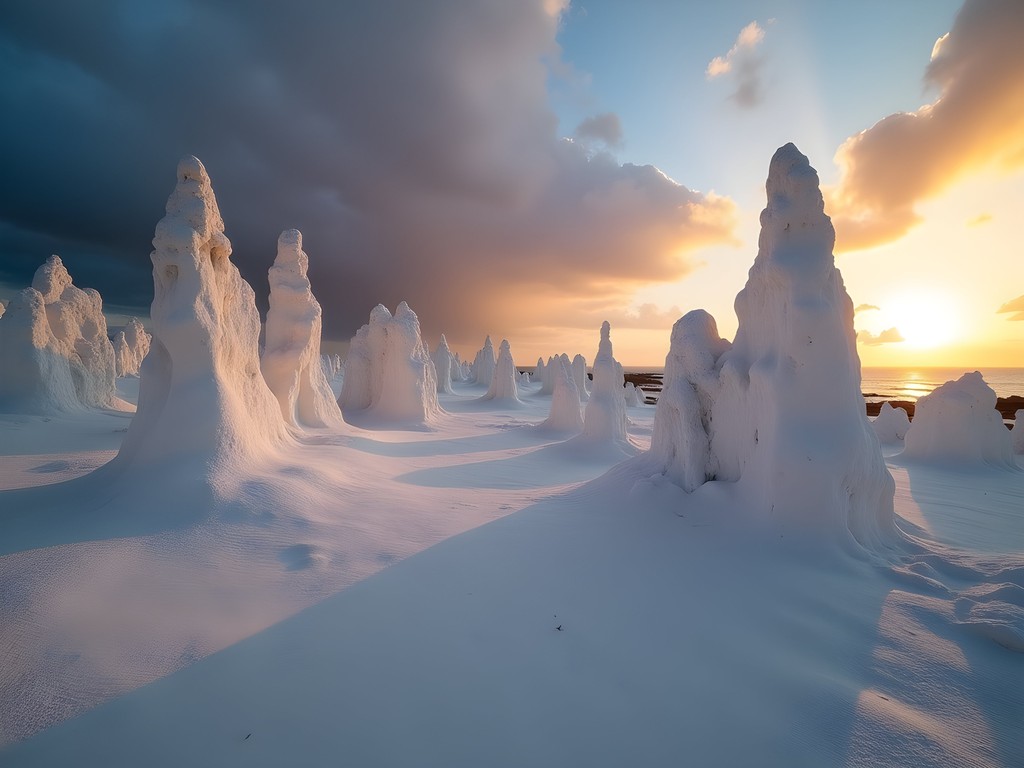
💡 Pro Tips
- Hire a local guide for topside exploration—the terrain is treacherous and unmarked
- Visit the pinnacles early morning or late afternoon to avoid the punishing midday heat
- Pack at least 3 liters of water per person for any interior hike
Buada Lagoon: The Hidden Freshwater Heart
Nauru harbors a geographical anomaly that defies its arid appearance: Buada Lagoon, a freshwater body nestled in a fertile depression amidst the barren interior. After the stark desolation of the pinnacle fields, arriving at this verdant oasis feels like stepping through a portal to another world entirely.
The lagoon is ringed by dense tropical vegetation and traditional Nauruan homes, offering a glimpse into pre-mining island life. Here, families still cultivate taro, bananas, and coconut palms in the rich soil. I spend a contemplative afternoon circumnavigating the water's edge, my water filter bottle allowing me to refill directly from small streams feeding the lagoon—a practical necessity in a country where potable water is primarily imported and bottled.
The most affecting moment comes at dusk when local children gather to swim in the lagoon's placid waters. Their laughter echoes across the surface as they leap from improvised rope swings, a timeless scene that could belong to any era before phosphate mining forever altered the island's trajectory. I'm reminded of similar childhood scenes from Yorkshire lakes that my father photographed decades ago—proving again how water draws communities together across continents.
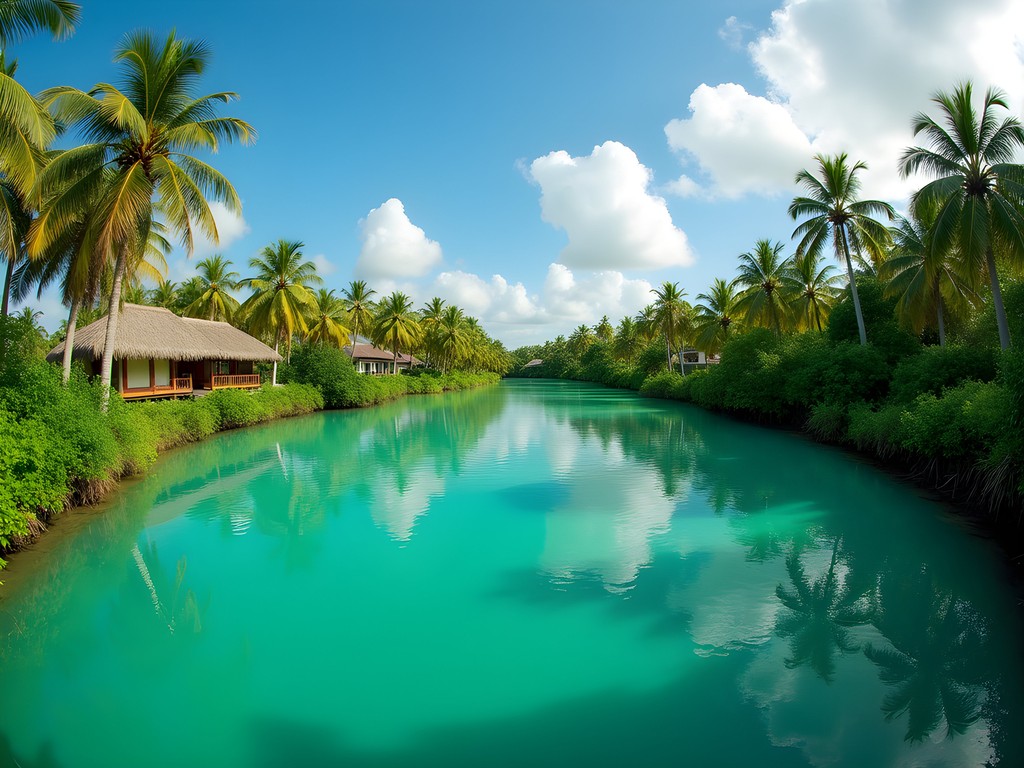
💡 Pro Tips
- Ask permission before photographing local residents
- Bring mosquito repellent—the lagoon area becomes buggy at dawn and dusk
- Support local economy by purchasing fresh fruit from families around the lagoon
Descent into Darkness: Nauru's Cave Networks
Nauru's most extraordinary adventure lies beneath the surface—quite literally. The island's karst geology has created an extensive network of caves, many still unmapped and rarely visited. Accessing these subterranean worlds requires both specialized equipment and local knowledge.
After securing necessary permissions (an absolute must), I meet Tarik, a cave enthusiast who learned rope techniques from Australian geologists in the 1990s. We prepare for our descent at his modest home, where he inspects my gear with meticulous attention. My headlamp earns his approval—'You'll need 500+ lumens down there,' he notes—but he insists I use his spare climbing helmet rather than my travel version.
The cave entrance appears unceremoniously: a jagged fissure in the limestone barely wide enough for an adult to slip through. After securing ropes to ancient pandanus trees, we rappel down a 12-meter vertical shaft that opens dramatically into a cathedral-like chamber. The temperature drops noticeably, offering welcome relief from the tropical heat above.
What follows is a six-hour journey through interconnected chambers adorned with delicate stalactites and curtains of flowstone that shimmer under our lights. The most breathtaking moment comes when Tarik leads me to a chamber where freshwater meets the sea through underwater passages, creating a haunting blue luminescence as sunlight filters through hidden channels.
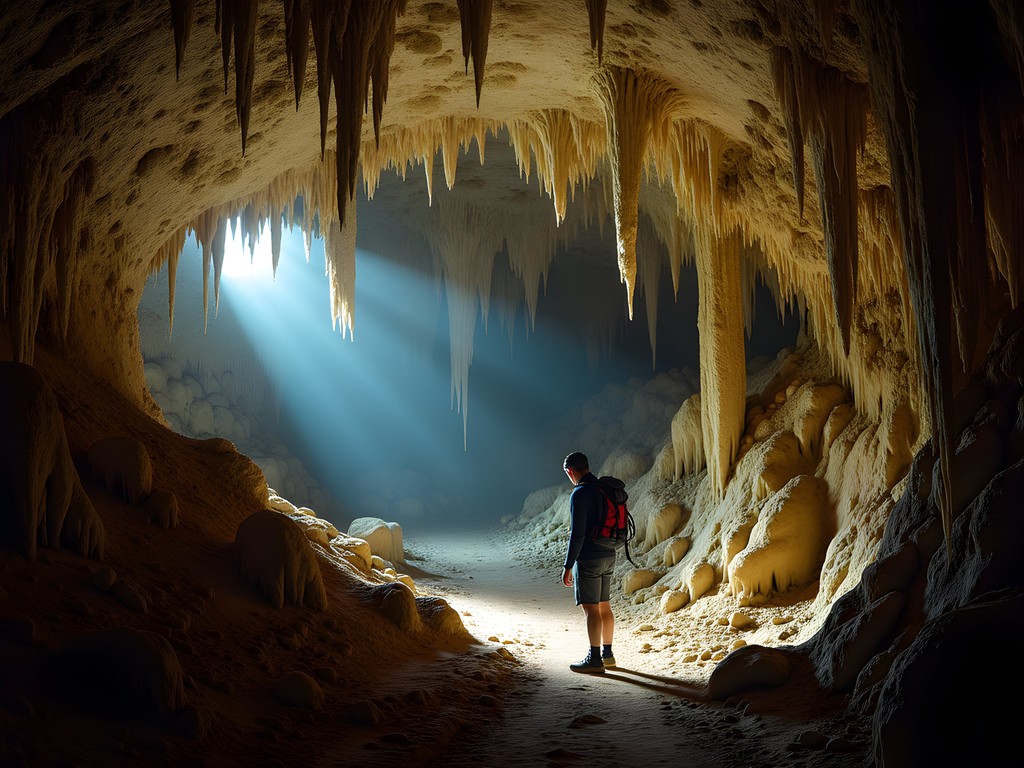
💡 Pro Tips
- Never attempt cave exploration without experienced local guides
- Pack redundant light sources—I carried three separate lighting options
- Wear quick-drying clothes as many caves feature underwater sections
Coastal Circumnavigation: Nauru's Perimeter Road
While Nauru's interior offers its most dramatic landscapes, understanding the island requires experiencing its 19-kilometer coastal perimeter. Rather than renting a car (practical but uninspiring), I opt to circumnavigate the entire nation on foot over two days, staying overnight at the modest Od'n Aiwo Hotel halfway around.
The coastal walk reveals Nauru's multifaceted character: stretches of dazzling white beaches interrupted by industrial infrastructure, traditional villages alongside government buildings, and the omnipresent phosphate processing facilities that still define the economy. Walking counterclockwise from Yaren, I pass the weathered remains of Japanese bunkers from WWII, their concrete walls now canvas for vibrant local artwork.
The eastern coastline proves most captivating, with dramatic limestone cliffs where waves crash with hypnotic rhythm. Here, I encounter fishermen casting traditional nets into the surf at dusk, a practice passed down through generations. One elderly man, noting my interest, demonstrates how to identify the subtle surface disturbances that indicate passing schools of reef fish.
The walk demands preparation. My sun hat provides essential protection against the equatorial sun, while my polarized sunglasses cut the intense glare reflected off both ocean and white limestone. By journey's end, I've developed a profound appreciation for this misunderstood island—one measured step at a time.
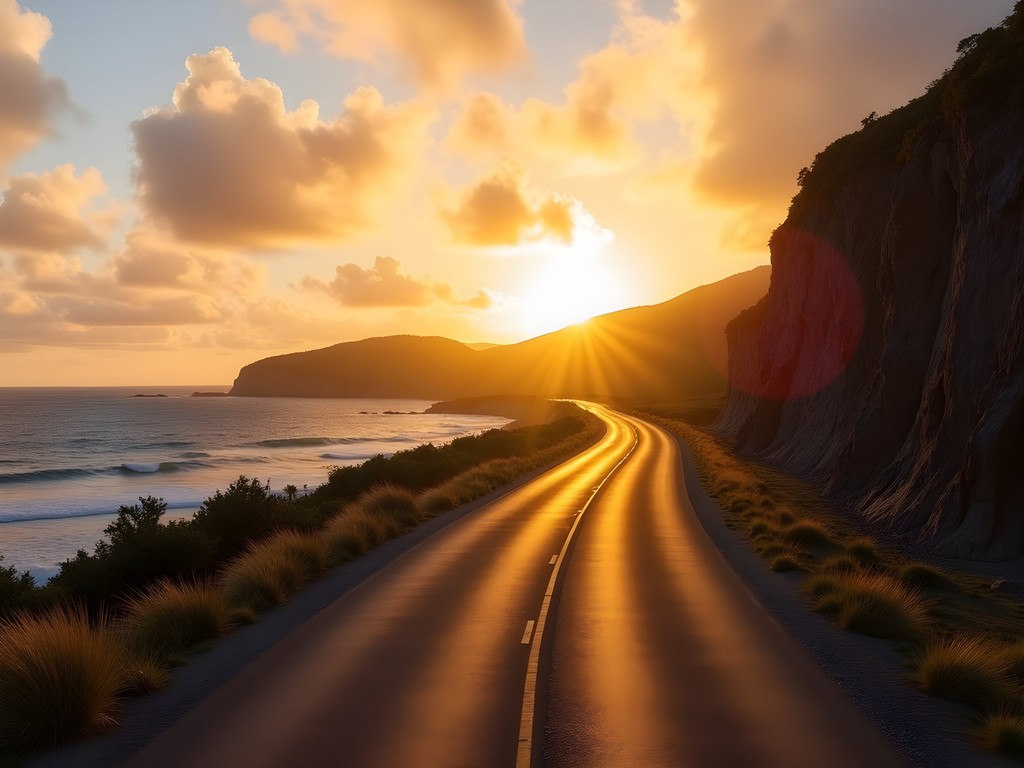
💡 Pro Tips
- Start walking by 6am to avoid midday heat
- Carry local currency for purchasing coconuts from roadside vendors—the perfect natural hydration
- Visit Anibare Bay on the eastern coast for the island's most pristine beach views
Cultural Connections: Beyond the Phosphate Story
The narrative surrounding Nauru often begins and ends with phosphate mining and its economic aftermath. Yet spending time with local residents reveals a rich cultural tapestry that predates and transcends this industrial chapter.
Through connections made at the small community center in Aiwo district, I'm invited to witness preparations for a traditional feast celebrating a coming-of-age ceremony. Women weave intricate pandanus mats while men prepare an underground oven for cooking fish and root vegetables. The techniques mirror those used by ancestors centuries before phosphate was discovered.
Most moving is an evening spent with Jacob, a teacher who works to preserve Nauruan language and traditions among the younger generation. In his modest home, surrounded by handcrafted fishing implements and navigation tools, he demonstrates traditional string figures that encode navigational knowledge of surrounding waters. These complex patterns—similar to the string games of my British childhood but infinitely more sophisticated—represent star positions and current patterns essential for pre-GPS maritime travel.
'We are not just our resources,' Jacob tells me as we share coconut toddy at sunset. 'We are our stories, our skills, our connections to this place.'
For visitors interested in Nauruan culture, I recommend bringing a thoughtful gift when invited into homes. My instant photo printer proved extraordinarily popular, allowing me to leave printed photographs with families who graciously welcomed me into their lives.
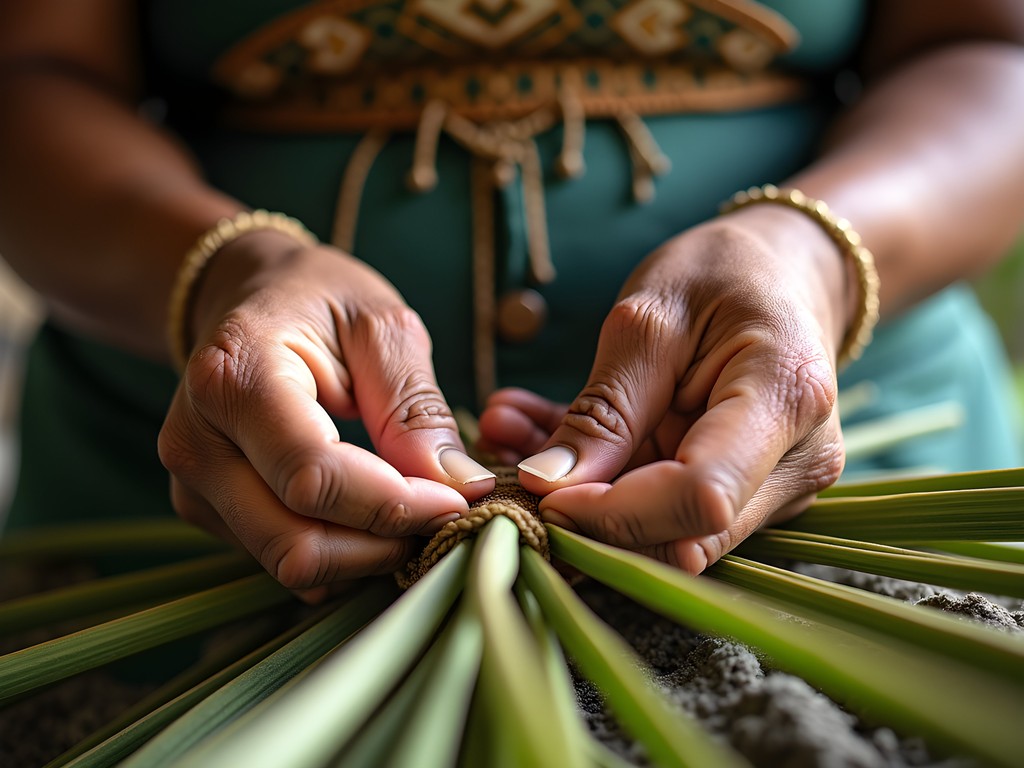
💡 Pro Tips
- Learn basic Nauruan greetings—the effort is deeply appreciated
- Ask permission before recording traditional music or dance performances
- Visit the small national museum to understand pre-colonial history
Final Thoughts
As my flight departs from Nauru's modest airstrip, I find myself already mentally drafting notes for this piece—yet feeling the familiar writer's anxiety that words might fail to capture the complexities of this misunderstood island nation. Nauru defies easy categorization. It is at once an ecological cautionary tale and a testament to human resilience; a place of stark industrial scars and hidden natural wonders; a nation navigating the profound challenges of its past while seeking sustainable pathways forward.
For the adventurous solo traveler willing to venture beyond conventional destinations, Nauru offers experiences found nowhere else on earth. The phosphate pinnacles create landscapes that would not look out of place on distant planets. The cave systems harbor pristine formations rarely witnessed by outside eyes. The coastal waters teem with marine life largely untouched by mass tourism.
My father, who taught me that true travel means engaging with places on their own terms rather than through preconceived notions, would have appreciated this journey. Like the historic railway expeditions that launched my unexpected second career, this remote Pacific island reveals that the most meaningful adventures often lie where conventional tourism fears to tread. If you're seeking an experience that challenges perceptions and rewards the intrepid, Nauru awaits—all 21 square kilometers of contradiction, beauty, and revelation.
✨ Key Takeaways
- Nauru offers unique geological features found nowhere else on earth
- Local guides are essential for safely accessing the island's most spectacular sites
- The cultural story of Nauru extends far beyond the well-known phosphate mining narrative
- Two weeks allows for thorough exploration of both natural wonders and cultural connections
- Responsible tourism can bring meaningful economic benefits to communities seeking sustainable development
📋 Practical Information
Best Time to Visit
May to November (dry season with lower humidity)
Budget Estimate
$2,500-3,500 USD for two weeks (including flights from Australia)
Recommended Duration
10-14 days
Difficulty Level
Challenging

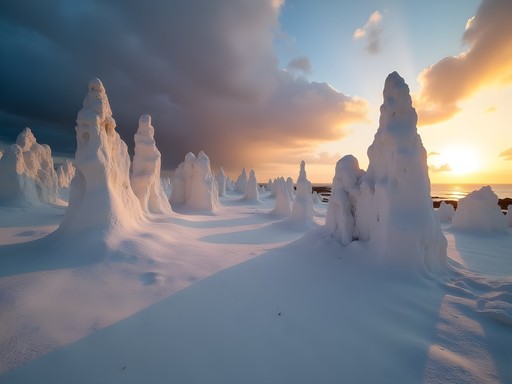
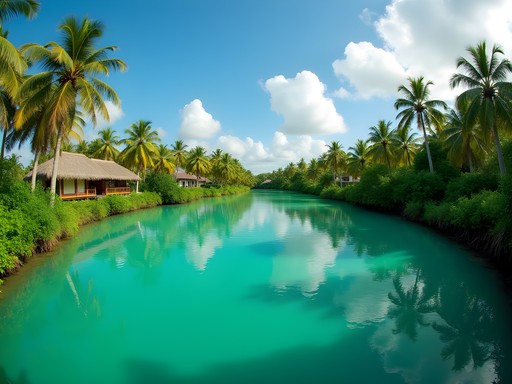
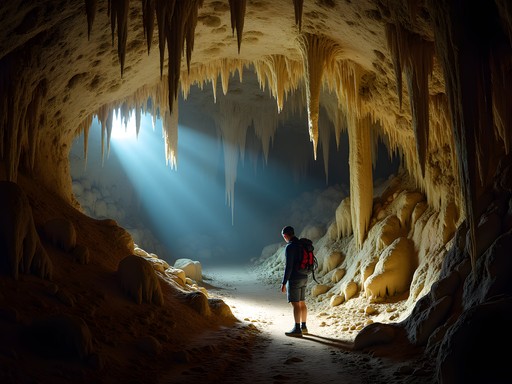
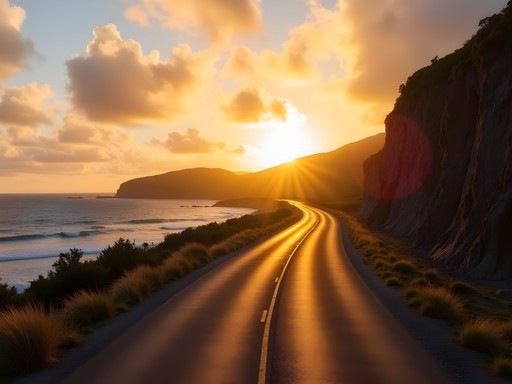
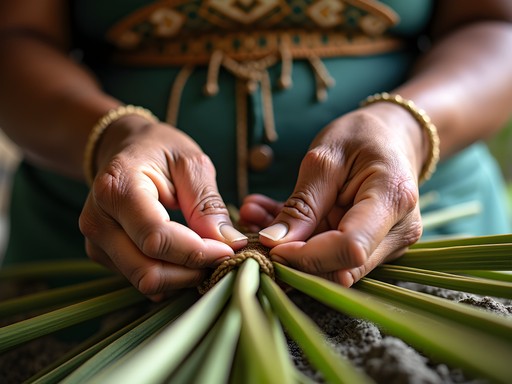



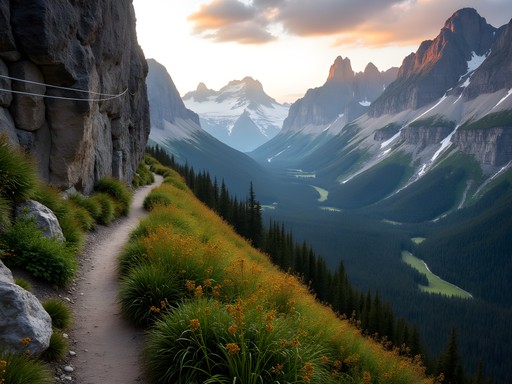






Comments
islandhopper
Nauru is on my bucket list! Thanks for the inspiration!
TravelNomad92
How's the internet there? Thinking about going but need to work remotely for at least part of the trip.
Edward Hill
It's... functional? But I wouldn't count on it for video calls or large uploads. The hotel had better WiFi than my local SIM card, but both were spotty. Maybe bring a backup hotspot if you absolutely need connectivity.
Claire Hawkins
Edward, this brought back so many memories! I took my 10-year-old son to Nauru in 2024 (probably the only child tourist that year 😂). The locals were incredibly welcoming, especially when they saw a kid was interested in their country. One safety tip for anyone planning to explore those caves - the humidity makes everything slippery, so proper footwear is essential. We used our hiking boots which were perfect for both the pinnacles and caves. Did you try the coconut fish at the small restaurant near Anibare Bay? That was our favorite meal on the island!
Edward Hill
Claire - taking your son there is incredible parenting! What an education in both geography and resource economics. I did try that coconut fish dish! The restaurant owner seemed genuinely shocked to see a tourist. Did you manage to swim at Anibare? I found the currents pretty strong when I tried.
Claire Hawkins
We only waded at Anibare - those currents looked scary! My son was more interested in collecting the tiny shells anyway. The restaurant owner actually invited us to a family barbecue the next day. Sometimes being one of the only tourists has its perks!
bluetime
Wow, finally someone writing about Nauru! I visited last year and the phosphate pinnacles were even more surreal in person - like walking on another planet. Did you have trouble finding a guide for the caves? Our hotel manager had to call his cousin to take us because there's basically zero tourist infrastructure. Worth it though!
Edward Hill
Thanks @bluetime! Finding guides was definitely challenging. I ended up connecting with a local through the Capelle & Partner store (the main shop on the island). The owner's nephew was an amateur spelunker and showed me around for a modest fee. Did you make it to the deeper sections of Moqua Cave?
bluetime
We only did the first chamber of Moqua - our guide didn't have proper equipment for going deeper. Kinda regret that now reading your experience! Guess I need to go back someday...
backpackone
For anyone planning this trip - flights to Nauru are VERY limited. Only Nauru Airlines flies there from Brisbane, and only twice weekly. Book way ahead and be prepared for schedule changes.
islandwanderer
Been to 73 countries but never Nauru. Moving it up my list after reading this!
smartnomad
How did you actually get there? Are there regular flights?
Edward Hill
I flew Nauru Airlines from Brisbane. They operate limited flights from Brisbane, Fiji, and some other Pacific islands. Schedule changes often, so best to book well in advance!
smartnomad
Thanks! Adding this to my bucket list of unusual destinations.
GlobeTrekker55
Just got back from Nauru last week and your post is spot on! The phosphate pinnacles are even more dramatic in person. One tip for future travelers - we found that hiring a local driver for a full day was much better value than taking taxis. Our driver Kenzo showed us several hidden spots including a WWII Japanese bunker that wasn't in any guidebook. The Buada Lagoon was a highlight, though the water level was quite low when we visited. Did you try the coconut fish? Easily the best meal we had there!
bluestar
GlobeTrekker55 - how did you find/contact your driver? That Japanese bunker sounds fascinating!
GlobeTrekker55
Our guesthouse arranged it! Most accommodations have connections with reliable drivers. Cost us about $60 USD for the entire day.
smartchamp
Never even heard of Nauru before this post. Had to look it up on a map! 😂 Learning something new every day!
wanderlustexplorer
Same here! Apparently it's one of the least visited countries in the world. Now I'm intrigued!
Hunter Thompson
Brilliant piece, Edward! I visited Nauru back in 2023 and it was truly one of the most unique travel experiences I've ever had. Those phosphate pinnacles are even more surreal in person than photos can capture. For anyone planning to visit, I'd recommend bringing a good headlamp for the caves - I explored some of the WWII tunnels near Anibare Bay and proper lighting made all the difference. The locals I met were incredibly welcoming despite the limited tourism infrastructure. Did you get a chance to try the coconut fish? That little roadside spot near the government buildings served the best I've had in the Pacific! Also worth noting that mobile coverage is spotty, so downloading offline maps is essential. I used my rugged GPS which was a lifesaver when exploring some of the more remote areas.
Venture X
Premium card with 2X miles, $300 travel credit, Priority Pass